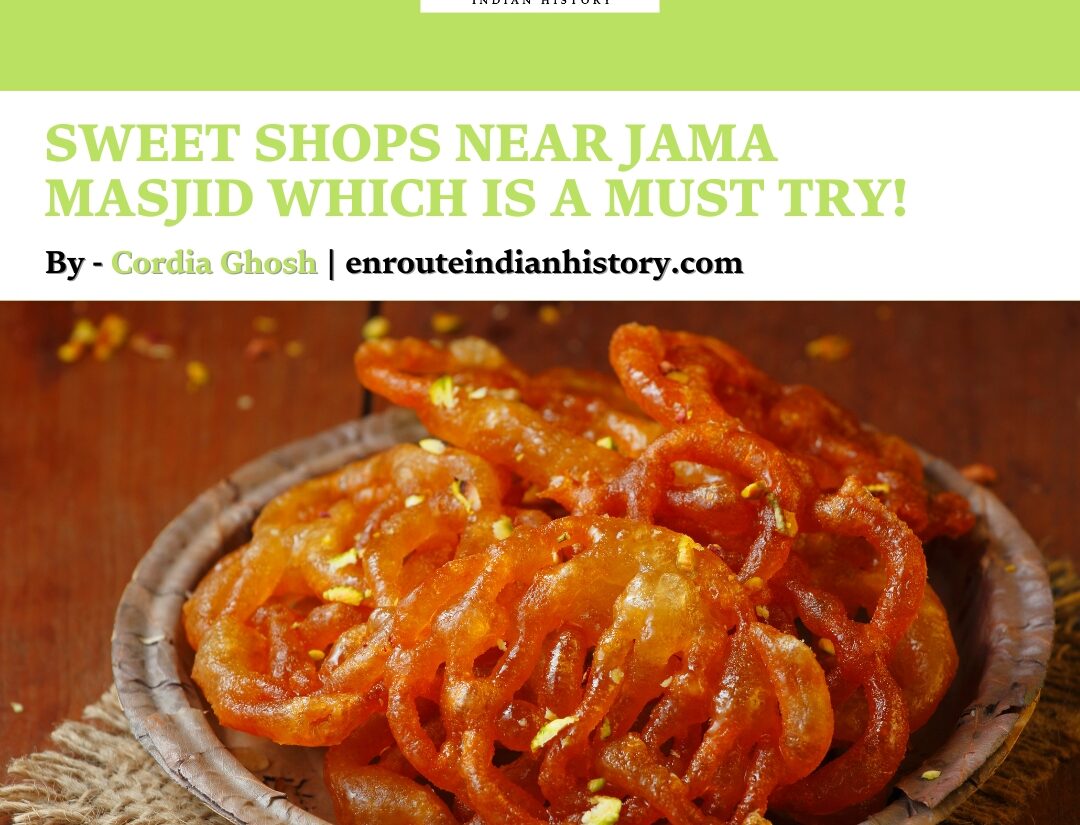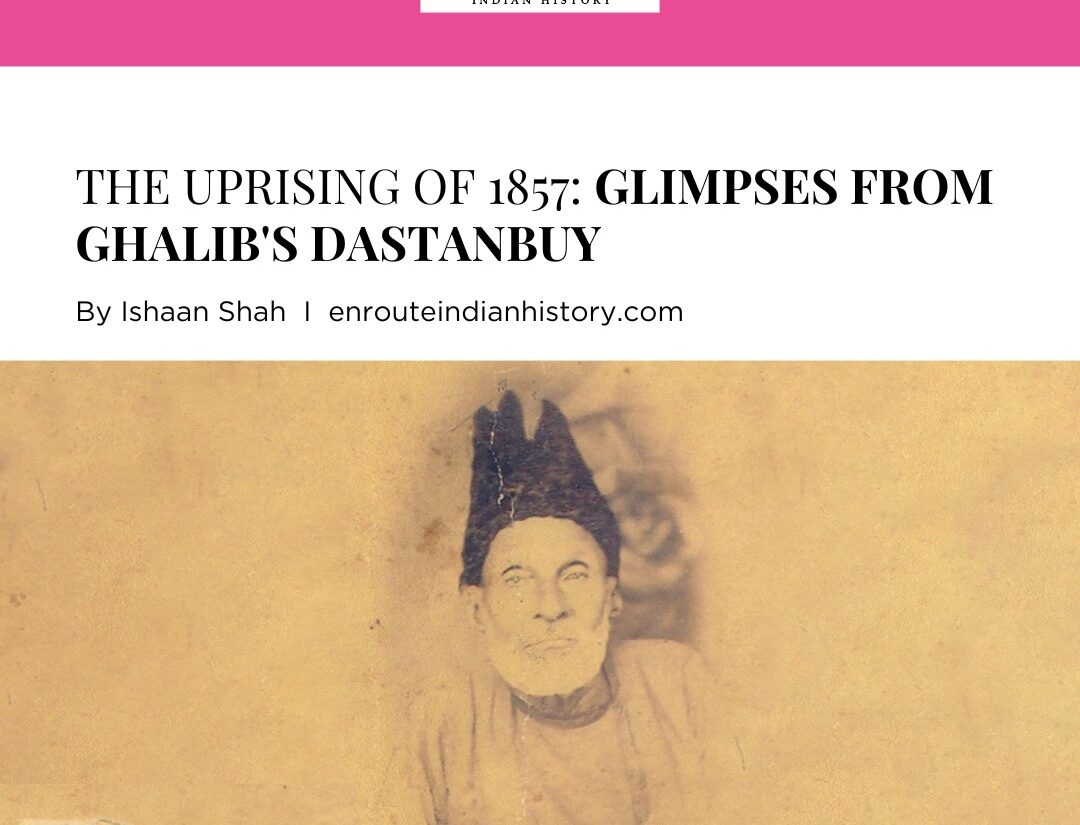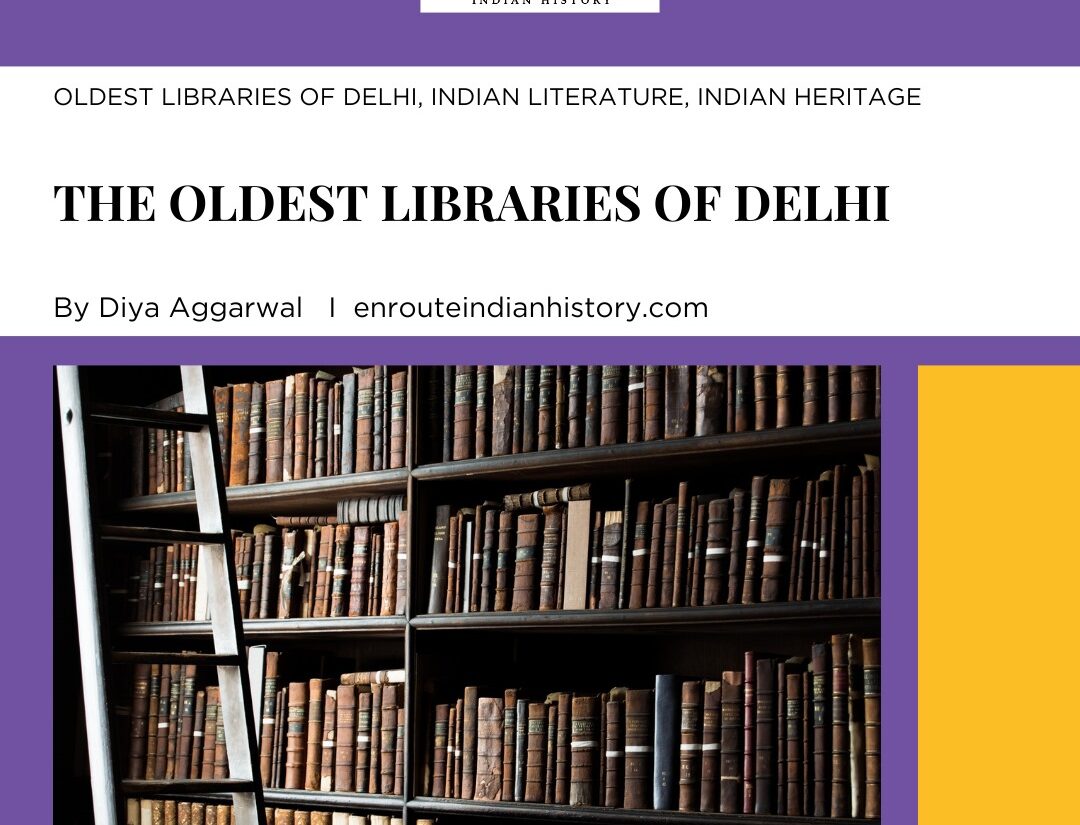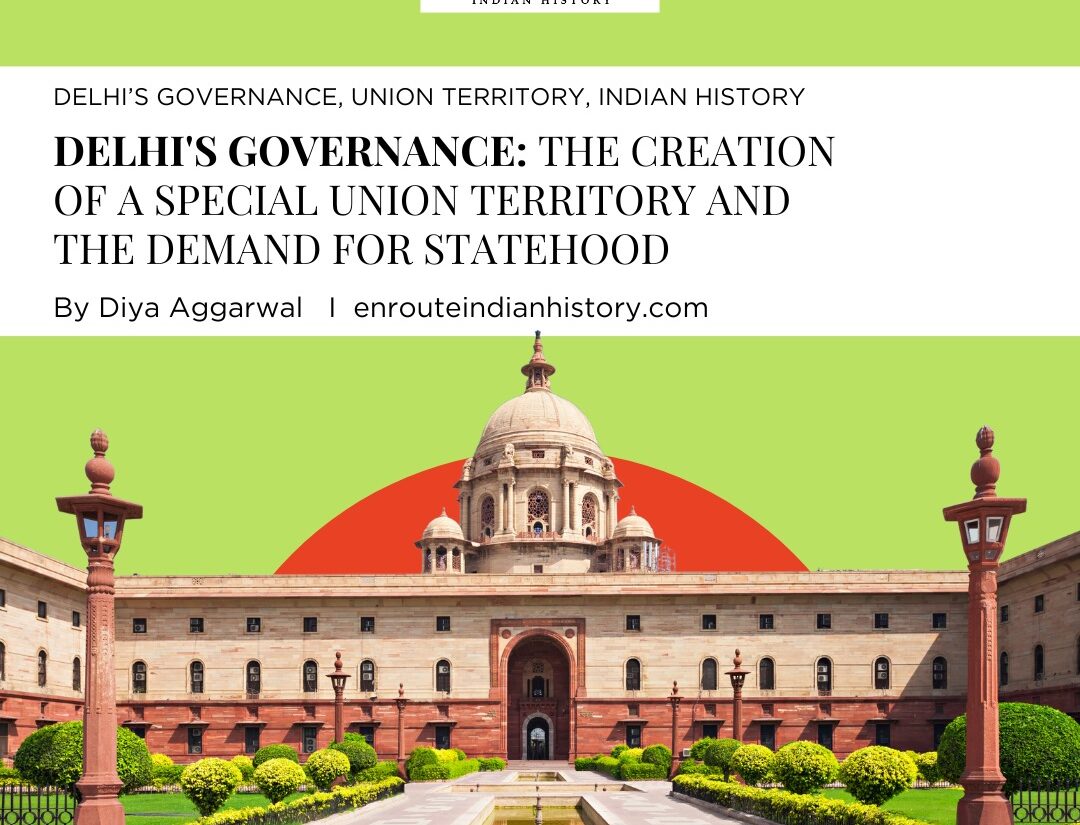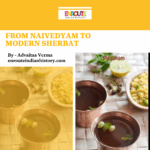India spectacularly celebrates festivals, with some festivities extending beyond a single day. The many festivals are observed in various ways around the nation. One example of such a celebration is Navratri, a term that may be translated as “nine nights.” The event in question has significant meaning within the Hindu religion since it serves as a means of paying homage to the divine feminine or Shakti. The festival lasts for nine days, usually ending with the celebration of Dussehra on the tenth day. It is a period of religious contemplation and fasting for a lot of people, but at the same time, a lot of other people are celebrating by dancing and feasting. Some practises for fasting include eating only vegetables and not drinking booze or using certain spices.

(Depiction of Ravan in Ramlila- self-clicked)
In many regions of India, the festival of Dussehra is traditionally linked to the triumph of the deity Rama over the demon-king Ravana. During the Dussehra festival season, several communities, cities, and villages host organized festivals to commemorate Rama’s homecoming after his period of exile. The Ram Lila, also known as the “Play of Rama,” has a prominent position throughout the festival in northern India. The Ramayana, an epic poem, is performed over multiple nights by young performers who wear elaborate costumes and masks. The event concludes with the ceremonial burning of large effigies representing the demons. Ramlila is a theatrical performance that recalls the legendary confrontation between Rama and Ravana. It is a sequence of talks involving deities, sages, and devout individuals.
Ramlila ki Savari- from then till now
Celebrations of Ramlila in Old Delhi have been believed to have started from the time of Shah Jahan. These celebrations often took place behind the Red Fort and were open to both locals and royals. The tradition of the Savari (procession) of Ramlila in Old Delhi was established by Bahadur Shah Zafar, the final Mughal emperor. The celebration has successfully united the nearby Hindu communities, making it a significant cultural event within the walled city. In a vibrant display of tradition and culture, the procession commenced in the afternoon, embarking on a journey from one temple to another. The procession continued its enchanting route until it finally arrived at its ultimate destination—the Ramlila performance ground—by evening. In the late hours of the night, following the conclusion of its performance, the Savari would make its way back to the temple from which it had initially departed.

(A pull cart in the procession- self-clicked)
In the past, the procession was an impressive sight, stretching for at least a kilometre as it made its way through the historic galis (lanes) and mohallas (neighbourhoods) of the walled city. Notable areas such as Chawri Bazar and Haus Khas were part of this grand spectacle. The procession was led by a fascinating array of animals, including pull carts, horses, camels, and elephants. In the grand processions, troupes of skilled musicians would take the lead, playing a variety of traditional instruments like the nafir and shehnai. These musical ensembles added a vibrant and captivating element to the tableaus, captivating the audience with their melodic tunes.
Each tableau or jhaki presented a realistic scenario from the epic narrative of the Ramayan in an appealing way. The tableau undergoes daily alterations, akin to the experience of a reader seeing a fresh chapter each day. In the epic Hindu tale of Ramayana, the final journey undertaken by the revered characters Ram, Sita, and Lakshman is a significant event. This particular journey holds immense importance in the narrative, symbolizing the culmination of their extraordinary adventures and trials. After the event, a bustling crowd of hawkers emerged, selling a variety of products such as bows, arrows, masks, and swords. The lanes are filled with food carts selling countless eateries. In previous times, the procession was financially supported by local companies; however, the current scenario has seen a major shift.
Is Ramlila a dying tradition?
Upon conducting interviews with long-standing inhabitants of old Delhi, a discernible observation emerges: the cultural or intangible legacy of Ramlila savari has experienced a gradual decline over time. The removal of several jhakis from the procession has been a subject of complaint among the elderly. As per oral tradition, it is documented that the Ramlila ki savari was a notable procession lasting approximately one to two hours. This procession consisted of over twenty jhakis, and elaborately decorated floats, which were utilized as platforms for the enactment of various scenes from the epic Ramayana. It is worth noting that during this procession, the actors portraying the characters of the Ramayana were known to distribute treats to the spectators along the entire route. Some express dissatisfaction with the diminished sense of spirit and enthusiasm that was formerly there but seems to have faded now. The images captured by Sondeep Shankar in 1974 provide evidence of a noticeable reduction in the enthusiasm that was once prevalent. These images depict a significant gathering of individuals in the backdrop, with a considerable number seen observing from their balconies or jharokhas. In his blog, Sondeep noted that in 1974 the procession was sponsored by local businessmen, one named 502 Pataka Bidi, but these businesses soon withdrew their funding due to a loss of interest in the public.

(More Jhakis – self-clicked)
The Ramlila ki savari has encountered several obstacles and has seen major modifications since the era of Mughal India. One of the primary issues faced by the Shri Ramlila Committee, the organizing body of the event, pertains to financial constraints, locals believe that there is a shortage of funds, and due to this, we witness the reduction of grandeur in the Ramlila. The original route of Ramlila was going through Chandni Chowk, but another challenge arrived when the Chandni Chowk redevelopment took place and it restricted any vehicle to go inside the lanes of Chandni Chowk. Therefore, the devotees were compelled to redirect the procession.
Despite encountering several hurdles, the Ramlila ki Savari has successfully survived for over 180 years, therefore attaining the status of an intangible heritage treasure deeply ingrained into the heart of India. The symbolic significance of these processions extends beyond historical context, as they continue to captivate and enchant individuals throughout contemporary India.
References
- “Ramlila Procession Through Old Delhi — Sondeep Shankar.” Sondeep Shankar, www.sondeepshankar.com/new-project.
- Titiev, Mischa. “A Desehra Celebration in Delhi.” American Anthropologist, vol. 48, no. 4, 1946, pp. 676-680, https://www.jstor.org/stable/663420. Accessed 22 Oct. 2023.
